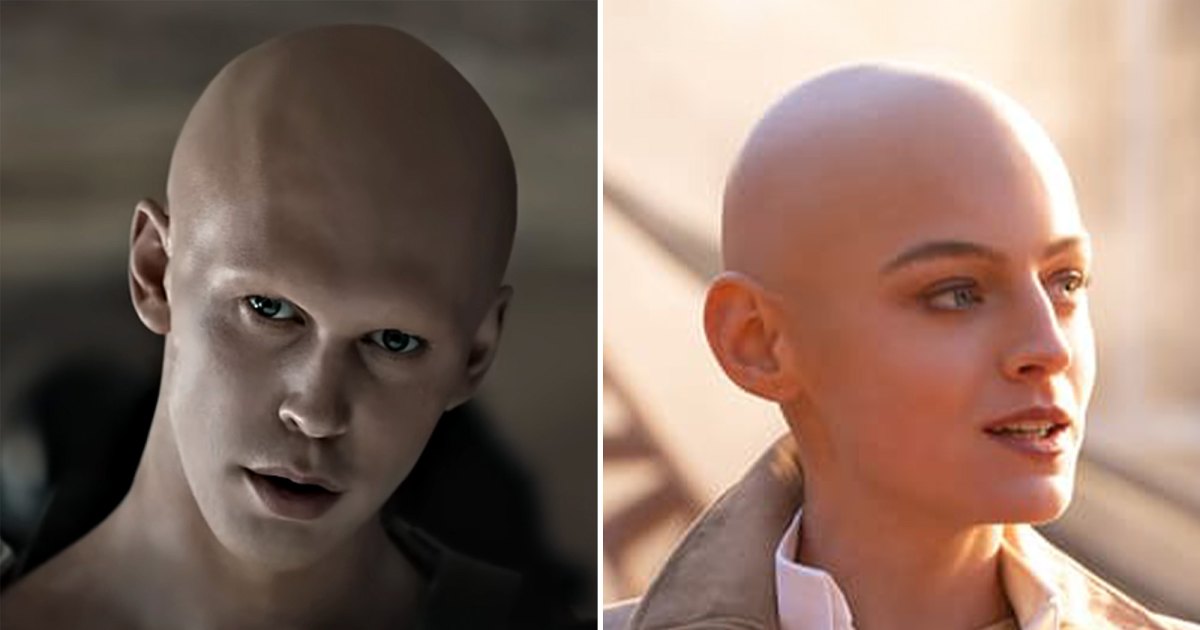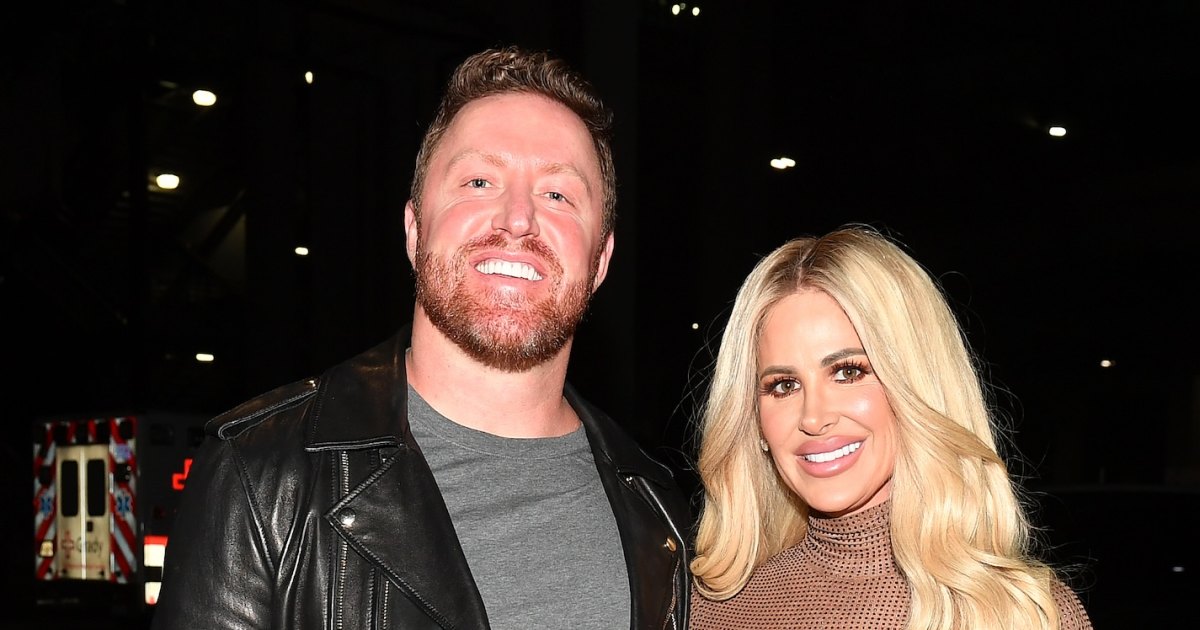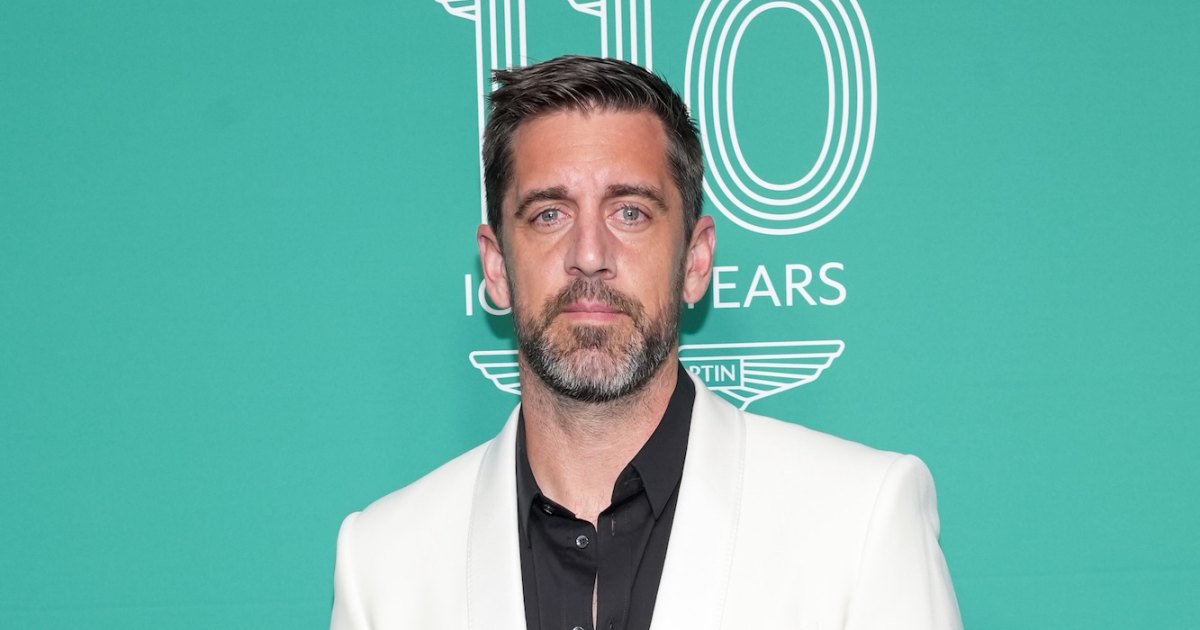2024 has brought moviegoers more than one bald villain. From Dune: Part Two’s Harkonnens — including Austin Butler’s harrowing look as Feyd-Rautha — to Emma Corrin’s Cassandra Nova in Deadpool & Wolverine, viewers may find themselves asking, “How did they get them to look like that?”
Marcy L. from Hartford, Connecticut, asked Us Weekly a similar question. “What’s it like going ‘bald’ for a role?” Marcy asked Us in the latest issue of the magazine, on newsstands now. “[Is it] itchy? What if the person has long hair?”
Well, it’s not necessarily a pleasant experience, according to two special effects makeup experts.
“There are two main methods for making an actor bald,” Christopher Payne, Chicago Fire’s special effects makeup department head and author of A Beginner’s Guide to Special Makeup Effects tells Us exclusively. “The first is to use a rubber or vinyl bald cap, similar to the kind you can find in every costume shop in the country. It is stretched in place over the actor’s hair and glued down, then the edges are blended into the skin and it’s painted to match the actor.”
Payne adds: “These caps are often used when there isn’t time to prepare a custom prosthetic, which is the second option. It is sculpted in clay on a plaster life cast of the actor’s head, then molded and run in either foam latex or silicone.”
The advantage of a prosthetic is that it can be customized to fit the actor perfectly, with intricate details like wrinkles, skin pores or surgery scars added in.

The process can take anywhere from 45 minutes to three hours, depending on the type of cap, and afterward, a smooth head doesn’t always mean smooth sailing.
Emmy-nominated makeup artist Liz Tagg-Wooster of Iver Makeup Academy at the U.K.’s famed Pinewood Studios tells Us that during application “adhesives and solvents can have a noticeable chemical smell,” which may or may not fade. Custom-made silicone caps are more breathable than vinyl, but, she adds, “The tight fit necessary for realism can cause discomfort or even headaches if worn for too long.”
Some actors don’t seem to mind the intensive process, though — including Butler.
“You kind of forget about it. It’s really a nice time in a way because you’re in the chair for three hours so you have that morning to kind of slowly ramp up into what you’re going to film that day,” the Dune actor told Extra while promoting the film earlier this year. “It’s a gift as an actor to not see yourself, because you kind of suspend disbelief in a way.”

Payne — who recently worked with a bald cap on Chicago Fire when supporting character Cindy Herrmann went through a cancer arc — adds that long hair can complicate the process as well.
“The two main ways to accommodate long hair is to either carefully wrap it around the head before the cap goes on, carefully slicking it down as flat as possible with product, or to braid it into a tight ponytail that goes down the neck and sticks out of the back of the cap,” he tells Us. “If this second method is used, a costume with a high collar or a prop like a bath towel draped over the shoulders is often used to hide the back of the neck.”
Tagg-Wooster adds that no matter how well a bald cap is applied, it still “might require digital touch-ups in post-production, especially in close-up shots.” In addition, she says that “the process can be affected by factors like weather, the actor’s skin condition, and even their diet, as sweating can impact the durability of the glue.”





